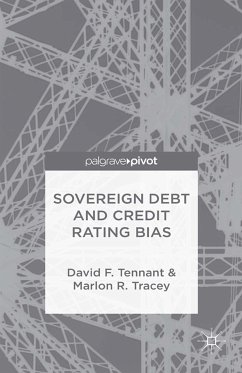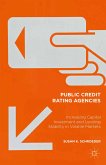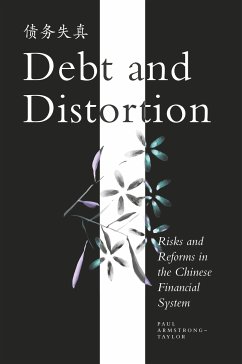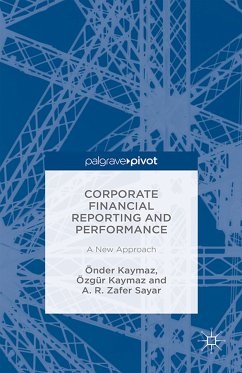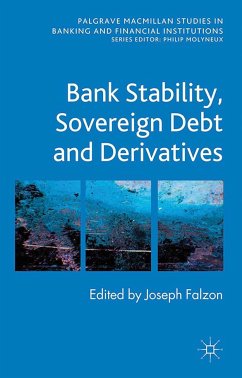General Comments
The proposed book is on a very important issue in the areas of International Finance and Development Economics. The book seeks to investigate the ratings of sovereign debt by rating agencies, especially the assignment of upgrades and downgrades, in order to ascertain if there are inherent biases against developing countries in the rating agencies' practices. As the authors indicated, this is a serious allegation that warrants rigorous analysis.
Interestingly, the allegation is not without merits as many practitioners and researchers have raised concerns about the issue. Unfortunately, however, no study has been done to date to empirically investigate this allegation. The proposed book is thus very timely and fills a critical gap in the literature. It is an original idea and the book has the potential to be a seminal work that will trigger interests in this line of enquiry for many years to come.
The proposed outline of the book is logical and well-structured but the correlation of the ratings of the big three rating agencies needs to be explicitly explored. Adequate linkages with existing works are made and the book will clearly be complementary to the existing body of works rather than competing with them. Since the focus of the book is on providing answer to a specific question, I will expect the main readership to be practitioners (finance and development experts), technocrats and policy makers. It will also interest academic researchers with research interests in international finance and development economics. It will serve a good reference book for postgraduate courses in many areas of economics.
Strengths
The analytical approaches proposed are sound methodologies that will yield empirical evidences for the results chapters. These provide objective basis for answering the question that the book sets out to answer.
The discussion of the literature is also an area of strength as it brings the reader up to date on the controversies that the book is aimed at addressing.
Weaknesses
The book has justifiably selected S&P as a case study. There is no problem with this approach but there is a potential limitation that the implications of the results will be limited to S&P's ratings. This alone also does not provide for a platform to establish 'an objective benchmark against which to compare the practices of the rating agencies' as the authors would like to.
Recommendations
The only weakness identified in the proposal can be addressed by expanding the coverage of Chapter 3 to include additional materials. The new materials should focus on establishing some statistical correlations or concordance between the ratings of S&P on one hand and Moody's and Flitch on the other. Once the relationships are established, the authors can generalize the results based on S&P's data to the other big two with necessary qualifications. As it is now, an argument can be made that only S&P's ratings are biased but if data show strong correlations among the ratings of the big three rating agencies, then such an argument will be untenable, and you only need to show evidence of bias in one agency's rating to provide reasonable grounds to suspect that the other agencies' ratings are biased as well.
I will recommend that the book be published with the suggested minor revision to Chapter 3.
The proposed book is on a very important issue in the areas of International Finance and Development Economics. The book seeks to investigate the ratings of sovereign debt by rating agencies, especially the assignment of upgrades and downgrades, in order to ascertain if there are inherent biases against developing countries in the rating agencies' practices. As the authors indicated, this is a serious allegation that warrants rigorous analysis.
Interestingly, the allegation is not without merits as many practitioners and researchers have raised concerns about the issue. Unfortunately, however, no study has been done to date to empirically investigate this allegation. The proposed book is thus very timely and fills a critical gap in the literature. It is an original idea and the book has the potential to be a seminal work that will trigger interests in this line of enquiry for many years to come.
The proposed outline of the book is logical and well-structured but the correlation of the ratings of the big three rating agencies needs to be explicitly explored. Adequate linkages with existing works are made and the book will clearly be complementary to the existing body of works rather than competing with them. Since the focus of the book is on providing answer to a specific question, I will expect the main readership to be practitioners (finance and development experts), technocrats and policy makers. It will also interest academic researchers with research interests in international finance and development economics. It will serve a good reference book for postgraduate courses in many areas of economics.
Strengths
The analytical approaches proposed are sound methodologies that will yield empirical evidences for the results chapters. These provide objective basis for answering the question that the book sets out to answer.
The discussion of the literature is also an area of strength as it brings the reader up to date on the controversies that the book is aimed at addressing.
Weaknesses
The book has justifiably selected S&P as a case study. There is no problem with this approach but there is a potential limitation that the implications of the results will be limited to S&P's ratings. This alone also does not provide for a platform to establish 'an objective benchmark against which to compare the practices of the rating agencies' as the authors would like to.
Recommendations
The only weakness identified in the proposal can be addressed by expanding the coverage of Chapter 3 to include additional materials. The new materials should focus on establishing some statistical correlations or concordance between the ratings of S&P on one hand and Moody's and Flitch on the other. Once the relationships are established, the authors can generalize the results based on S&P's data to the other big two with necessary qualifications. As it is now, an argument can be made that only S&P's ratings are biased but if data show strong correlations among the ratings of the big three rating agencies, then such an argument will be untenable, and you only need to show evidence of bias in one agency's rating to provide reasonable grounds to suspect that the other agencies' ratings are biased as well.
I will recommend that the book be published with the suggested minor revision to Chapter 3.

